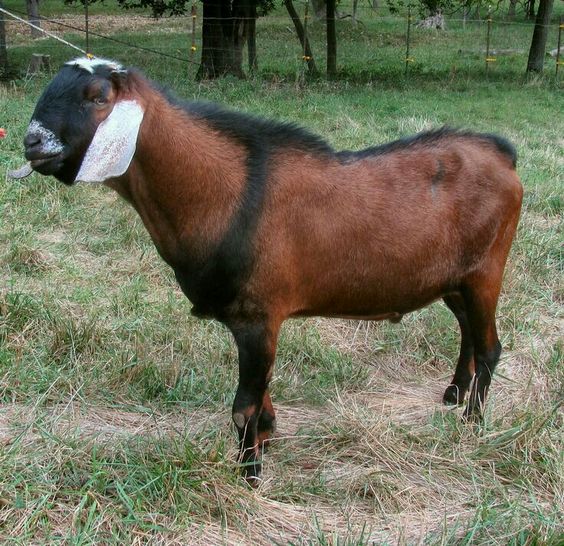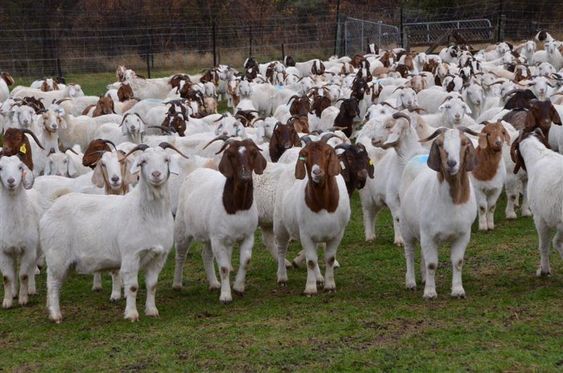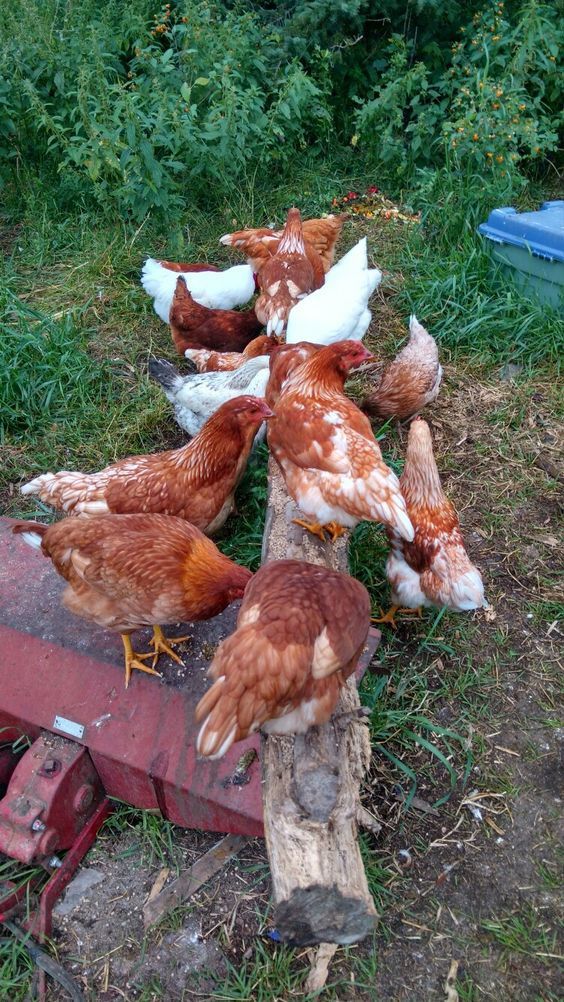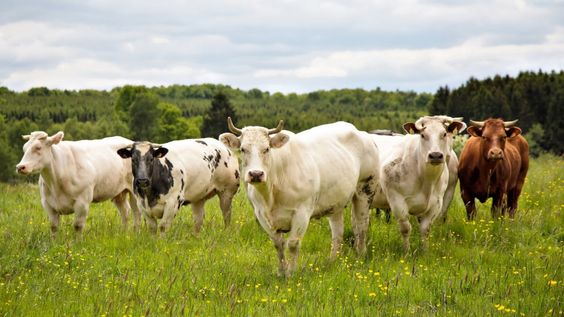Best Livestock Health: A Comprehensive Guide to Keeping Your Animals Thriving
Best Livestock Health,Maintaining optimal livestock health is paramount for any farmer or rancher. Healthy animals are not only productive but also a joy to raise. This guide delves into the key aspects of best livestock health practices, encompassing preventative measures, routine care, and treatment approaches.
Foundational Principles of Best Livestock Health
1. Biosecurity: Keeping Disease Out
Biosecurity forms the cornerstone of best livestock health. It involves a set of practices aimed at preventing the introduction and spread of diseases within your herd or flock. Here are some key biosecurity measures:
- Controlled animal movement: Limit the introduction of new animals by quarantining them for a period and testing them for prevalent diseases.
- Vaccination: Regularly vaccinate your animals against common diseases based on a veterinarian’s recommendations.
- Pest control: Implement effective pest management strategies to minimize the risk of disease transmission by flies, rodents, and other pests.
- Disinfection: Regularly disinfect housing areas, equipment, and transportation vehicles to eliminate pathogens.
- Footwear and clothing hygiene: Develop protocols for farm personnel to wear clean clothing and disinfect footwear before entering animal enclosures.
2. Nutrition: Fueling Optimal Health
Livestock require a balanced diet that provides all the essential nutrients for growth, development, reproduction, and immune function. Here’s what to consider:
- High-quality forage: Provide access to fresh, high-quality forage that meets the animal’s specific needs based on age, breed, and production stage.
- Concentrates: Supplement forages with concentrates like grains and protein meals to meet specific nutrient requirements, especially for high-producing animals.
- Mineral and vitamin supplementation: Provide mineral licks or formulated supplements to ensure adequate intake of essential micronutrients.
- Fresh, clean water: Ensure constant access to clean, fresh water. Water intake is crucial for regulating body temperature, digestion, and nutrient absorption.
3. Housing and Environment:
Livestock need a safe, comfortable, and stress-free environment to thrive. Here are some key aspects of proper housing:
- Adequate space: Provide sufficient space for animals to move around comfortably, express natural behaviors, and avoid overcrowding.
- Shelter: Ensure proper shelter that protects animals from extreme weather conditions, including shade from the sun and protection from wind, rain, and snow.
- Bedding: Provide adequate clean and dry bedding material for comfort, insulation, and hoof health.
- Ventilation: Maintain good ventilation to prevent respiratory issues and ensure proper air quality.
- Waste removal: Regularly remove manure and maintain clean housing conditions to minimize the risk of disease and parasite transmission.
Routine Care for Best Livestock Health
1. Regular Observation and Health Checks:
Early detection of health problems is vital for successful treatment and prevention of outbreaks. Regularly observe your animals for signs of illness, including:
- Changes in appetite, behavior, or activity level.
- Discharge from the eyes or nose.
- Difficulty breathing or coughing.
- Lameness or abnormal gait.
- Diarrhoea or constipation.
- Unusual lumps or bumps.
2. Parasite Control:
Internal and external parasites can significantly impact animal health and productivity. Implement a parasite control program based on your veterinarian’s recommendations and the specific parasite challenges in your region.
3. Hoof Care:
Regular hoof trimming is crucial for maintaining good hoof health and preventing lameness. The frequency of trimming depends on the breed, terrain, and overall hoof health of your animals.
Treatment and Veterinary Care
Despite preventative measures, livestock can become ill. Early intervention is essential for successful treatment and minimizing losses. Here’s what to do:
- Isolate sick animals: Immediately isolate sick animals from the rest of the herd or flock to prevent the spread of disease.
- Consult a veterinarian: Seek professional advice from a veterinarian to diagnose the illness and prescribe the appropriate treatment.
- Follow veterinary recommendations: Administer medications and treatments as prescribed by the veterinarian to ensure their effectiveness.
Additional Considerations for Best Livestock Health
- Recordkeeping Best Livestock Health: Maintain accurate records of vaccinations, treatments, and any health issues encountered. This information is valuable for future reference and can help identify potential health trends.
- Breeding practices Best Livestock Health: Select breeding stock that is healthy and genetically resistant to common diseases.
- Stress management: Minimize stress factors on your animals, such as overcrowding, handling practices, and environmental disturbances.
By following these best livestock health practices, farmers and ranchers can create a healthy and productive environment for their animals. Remember, prevention is always better than cure. A proactive approach focused on biosecurity, proper nutrition, responsible housing, routine care, and veterinary collaboration will lead to thriving livestock and a successful farming operation.






